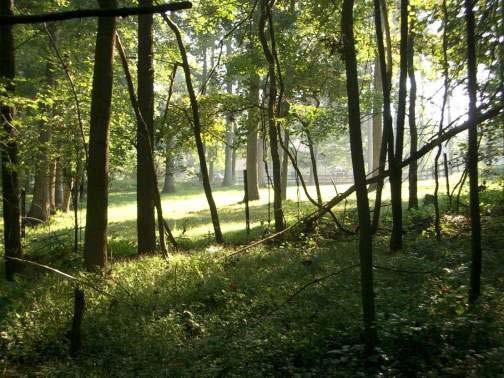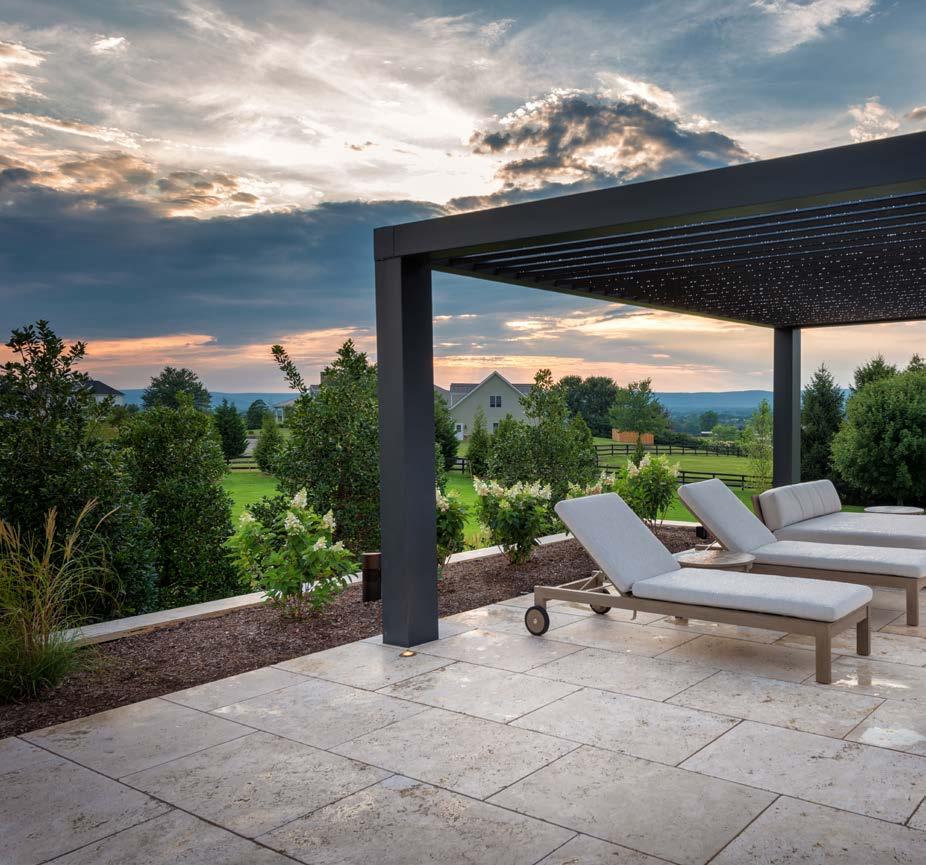
4 minute read
Plant of the Month—Crape Myrtle
Instant Impact for a Gloomy Garden
By Aaron Schemeck, Ruppert Landscape
Advertisement
Purple Magic Crape Myrtle
After working for a handful of landscape design firms along the East Coast, from Florida to Pennsylvania, and spending almost a decade abroad in locations with varying climates, there has been one tree that is universally used: the crape myrtle. From five-star resorts to front yard accents, these plants get their fair share of use and seem indestructible in most applications.
With such a wide variety of species to choose from, size is one of the key factors to consider when placing these beauties. Giants like Natchez, Tuscarora, and Muskogee crape myrtle can reach up to 30 feet tall and definitely have their place in the landscape when looking to provide reprieve from the sun or planted as buffer to hide mechanical structures. On the opposite end of the spectrum, some of the latest trends identify species that are growing as low as 2 feet tall and are much less prone to disease and the need for the intrusive cutbacks most often seen with older, taller trees. With that in mind, let’s focus on some of the smaller, more versatile options described as dwarf and miniature, respectively. Used as single accent plants or aligned in a row for a colorful hedge, these plants complement any garden structure. As with the taller crape my rtles, these also come in a variety of colors—notably the popular World’s Fair, Pokomoke, and Sacramento, wh ich prov ide i nte g r a l color tones of red and pink throughout the garden. While these have their place in the standard plant palette, I am always drawn to plant material that is a bit out of the ordinary. With that in mind, the Magic Series of crape myrtles offers two of my favorite varieties to create
Midnight Magic crape myrtle is considered a dwarf shrub: round in shape, growing up to 4–6 feet tall and similar in width. This variety’s purple/maroon leaves will breathe life into a tired landscape, and while in bloom (July through September), its amazing dark pink flowers cover the shrub, adding visual impact. It thrives in the warmer weather of summer and will rebloom in late summer if the first push of flowers is deadheaded.

that “wow” factor and drama in the garden setting: the Midnight Magic and Purple Magic crape myrtle. In both instances, the flowers provide a blast of color while the dark stems instill a more subdued backdrop. It will thrive on its own as a specimen plant, look great as a focal point for a bed or garden, or will work in concert when planted among perennial groundcover, especially if complemented by colors of tan grasses and yellow flowering annuals. This variety tends to grow more like a large, full bush than a tree. The mature size of this tree-shrub is 6–8 feet tall and wide, so choosing the right spot that enables proper spacing is a must. This crape myrtle would look great framing a front door or the front entrance of a driveway or can look great as a grouped hedge or cluster. By planting about 5 or 6 feet apart, it can even provide privacy in spring, summer, and fall. These trees prefer full sun but can tolerate some shade and are adaptable to just about any soil if it is well-draining. Crape myrtles do enjoy a slightly acidic soil, with a pH range of 5.0 or 6.5 being ideal, but if the soil isn’t extremely alkaline, there is no need to modify it. They are resistant to diseases like powdery mildew and are seldom eaten by deer. Aphids are one of the few pests that attack crape myrtles— but minor infections aren’t likely to cause problems. A severe infection can weaken a tree for sure, but aphids can be treated naturally with horticultural oil, neem oil, or insecticidal soap. If growing zone guidelines are followed for the variety plant, the dwarf/miniature purple crape myrtle can be installed just about any time of year, and they don’t require much maintenance at all. Crape myrtles are drought tolerant and once e s t a b l i s h e d , n e e d t o b e watered deeply only about once a week (duri ng t he fi rs t three months they should be watered twice a week). Fertilize in early spring with a balanced, slow-release fertilizer to give the tree a boost and help it achieve the best blooms. If the soil is on the basic side, choose a fertilizer that is designed for acid-loving plants. Dwarf/miniature crape myrtles do not generally require pruning, but if needed, prune when they are dormant to remove any dead, dying, or crowded branches. Pruning can be minimized by choosing a variety that fits best in your chosen spot. Compact, dense, and colorful, this tree/shrub variation of the crape myrtle is absolutely stunning. Give it sunlight and good drainage, and it will take off with little maintenance, enabling you to sit back, relax, and watch this show-stopping crepe myrtle perform magic before your eyes!
The Purple Magic crape myrtle grows 6–8 feet high, making this a perfect compact ornamental tree to dress up any landscape. It produces an abundance of purple blooms July through September, but its new growth starts out as red in the spring before turning green in the summer. No Matter the Season...
We’ve Got You Covered McCartin Insurance offers liability insurance tailored for landscape contractors. PROTECT YOUR BUSINESS FOR LESS
CALL OR VISIT US TODAY TO SAVE! 301-837-1080 / www.mccartin.com









